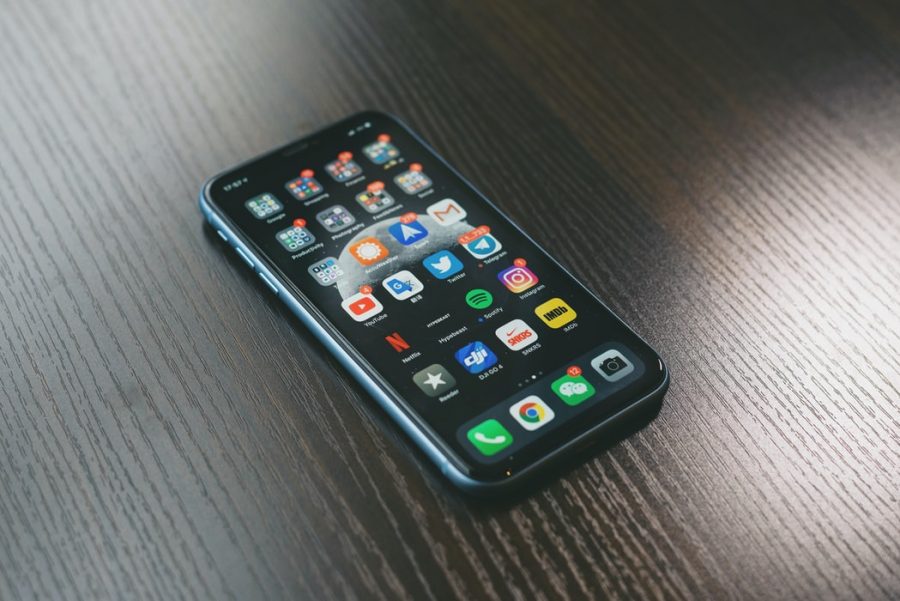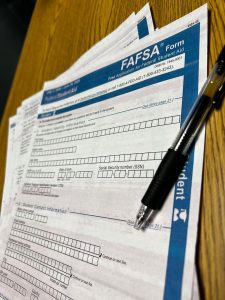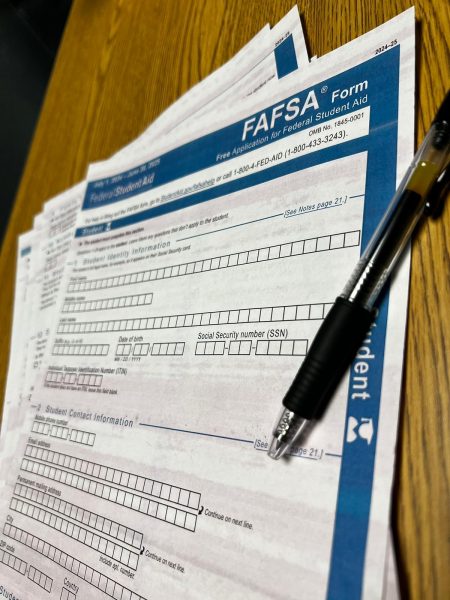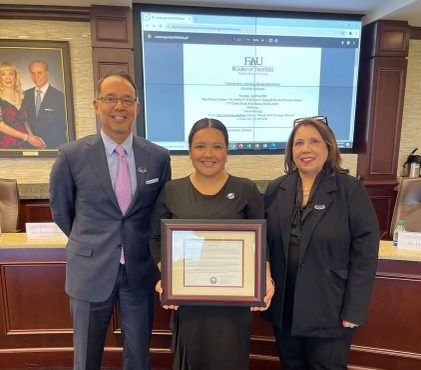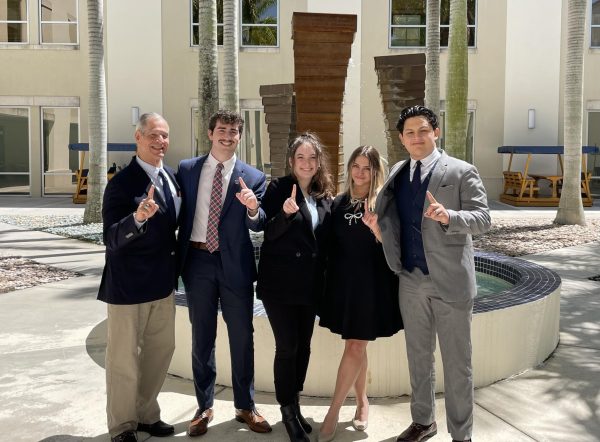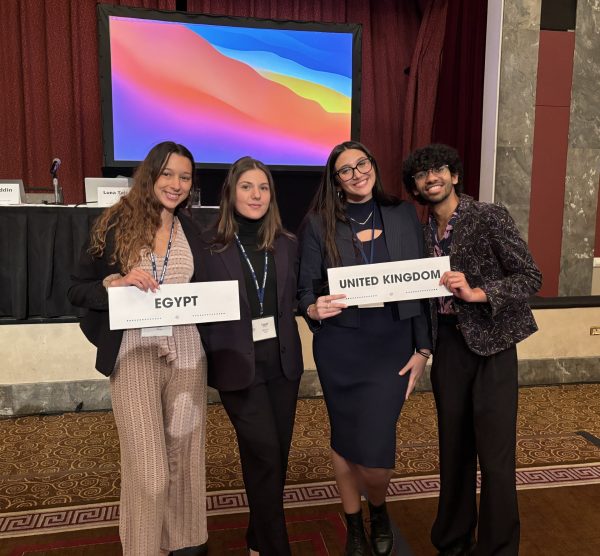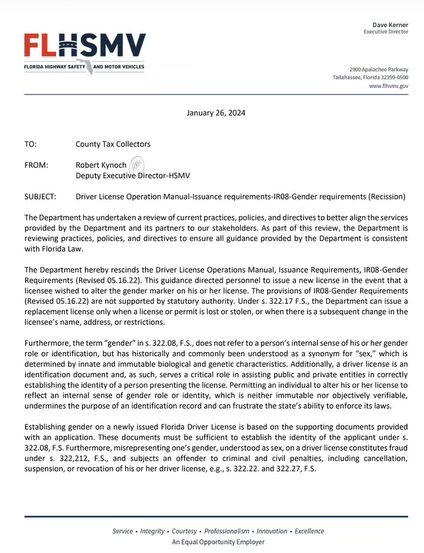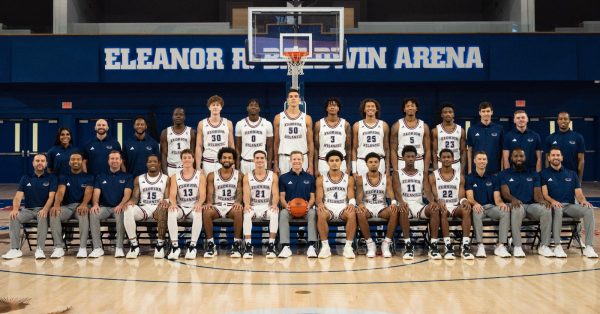University professor receives patent for privacy invention
The invention would help limit who can see an individual’s content
August 5, 2021
Department of Electrical Engineering and Computer Science Associate Chair, Hari Kalva, has received a patent from the United States Patent and Trademark Office for his novel invention. The invention would limit the opportunities for capturing information displayed on a screen depending on who, where, when, and how the information is being shared.
Platforms like Snapchat allow a user to be notified if a friend screenshots their story, but there is no way to prevent someone else from taking a picture or the recipient from showing the story to others near them.
“We have developed a system for ensuring maximum privacy for document sharing that overcomes these problems,” Kalva said in an FAU News Desk story.
With the technology that Kalva used in the invention, messages are encoded with viewing restrictions. The app of the receiver’s phone or device will ensure that the viewing restrictions are satisfied before and during the display of the content. When restrictions are not satisfied, the receiver can request permission to view the content with reduced restrictions. Once the environment is deemed suitable, the receiver will be granted access to the document.
Those restrictions can be anything from viewing the content with someone who is not authorized, viewing the content in certain places, or viewing in the presence of a recording device. The sound of the receiver’s ambiance can also be a restriction.
Kalva’s technology links social media accounts to the software in order to identify who has access to a specific content. An external camera would take a picture to verify that the person viewing the content meets the restrictions. If the person does not meet the restrictions, the photo will be sent to the sender of the content for confirmation.
The application can also use biometrics like fingerprints to determine who is attempting to view the content and GPS, IP address, or cell tower location to determine the location of the recipient.
“In addition to message exchange in social networks, this invention has many applications in document security. For example, defense and intelligence agencies will be able to place more precise restrictions on how documents are viewed,” said Stella Batalama, dean of the College of Engineering and Computer Science, in the article.
Kalva is now reaching out to their contacts to find the right partner for the patent and hopes that this invention will be used to improve privacy in the online sharing world.
Natalia Ribeiro is the News Editor for the University Press. For information regarding this or other stories email [email protected] or tweet her @nataliar_99.

